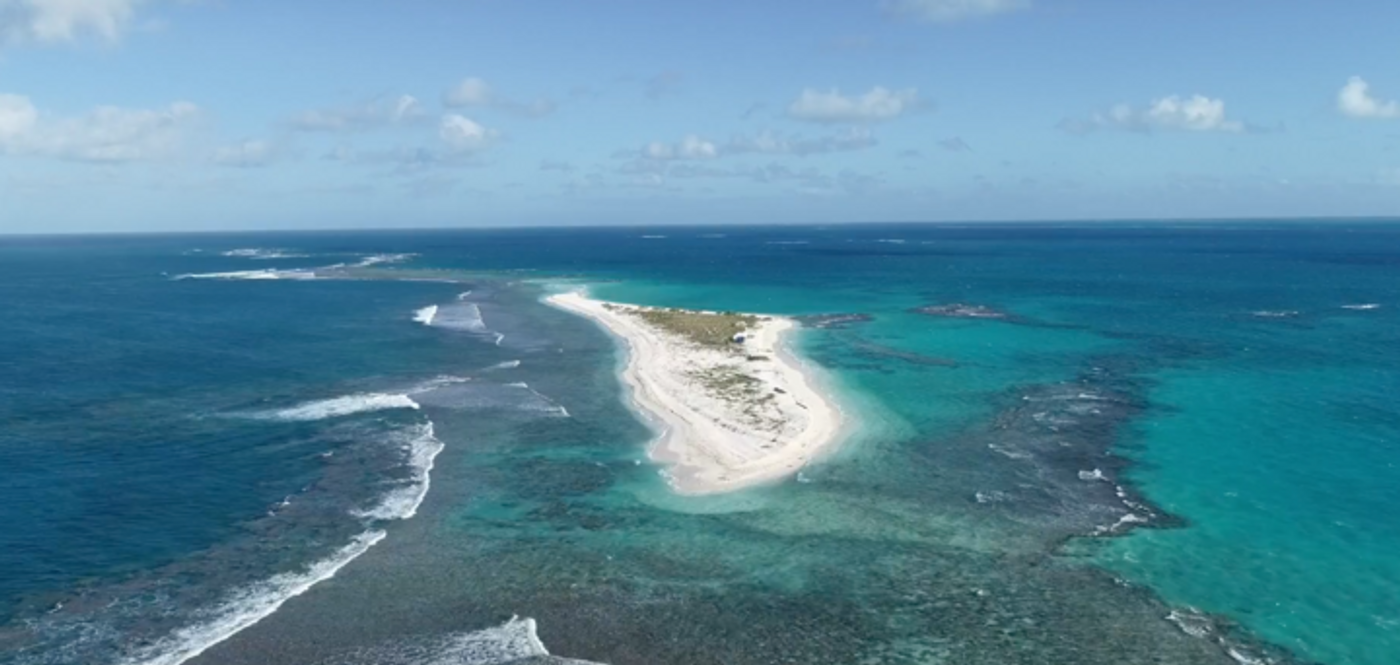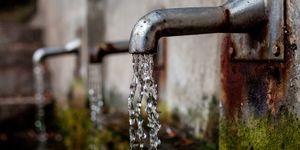Another one bites the dust: Hawaii's lost island
A Hawaiian island was recently demolished to the point of erasure due to Hurricane Walaka, a Category 3 storm which struck the region earlier this month. East Island, as it was called, was no more than an 11-acre atoll but served as crucial habitat for several threatened species, like the endangered Hawaiian monk seal. The seals (of which there are only roughly 1,400) used the half-mile, 400 foot wide stretch to nest; green sea turtles and seabirds like albatrosses also depended on the spit for habitat.
Scientists determined that the island had disappeared under water after comparing satellite images of the nearby French Frigate Shoals. The region makes up part of an enormous protected marine area in the northwestern Hawaiian Islands called the Papahānaumokuākea marine national monument. Papahānaumokuākea was designated as a national monument under the Obama administration in 2016 and is the largest marine reserve.
Professor of earth sciences at the University of Hawaii, Chip Fletcher, commented that “The island was probably one to two thousand years old.” It’s sudden erasure points to the risk for low-lying islands that are already vulnerable to rising sea levels. In cases like that of Hurricane Walaka, storm surges can be what push the islands to the brink.
“The take-home message is climate change is real and it’s happening now,” Randy Kosaki, a senior official for the Hawaii monument at the National Oceanic and Atmospheric Administration, told Honolulu Civil Beat, which first reported the disappearance of East Island. “It’s not a hoax propagated in China as some folks have said.”
Ecologists worry what the loss of these low-lying islands may mean for species globally. “These small, sandy islets are going to really struggle to persist” in a warming world with rising seas, Charles Littnan, the director of the National Oceanic and Atmospheric Administration’s protected species division said. “This event is confronting us with what the future could look like.”
In the case of Hawaii, the French Frigate Shoals accounts for 96% of the nesting for the Hawaiian green sea turtle population; roughly approximately half lay their eggs at East Island. HuffPost reports that though “all nesting females had left by the time Walaka hit, NOAA scientists estimate that 19% of this year’s nests on East Island had not yet hatched and were swept away by the storm. And 20 percent of the turtle nests on nearby Tern Island, the largest island in the French Frigate Shoals, were lost.” Now we just have to wait in order to tell how Walaka impacted the greater population.
Sources: The Guardian, Huffington Post









